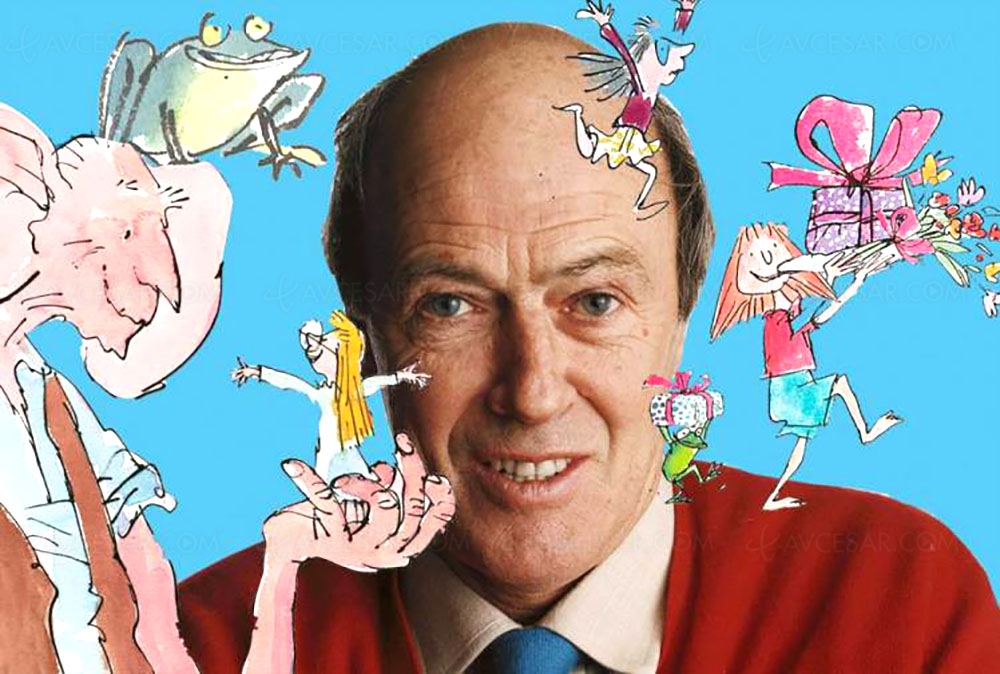The Knydle Vermicious Poem Oh Knid vile Urseous Sinners!
“Ooh Knid vile Vermicious Poem” by Roald Dahl, translated into English by Florence Mattioli is a humorous translation of a German folktale called “Zwecklied Der Groten” (The Shrub of the Golden Hair).
The story in German goes like this: A poor unhappy old man named Oh decides to try out a new form of medicine, the herb from the forest. The herbal plant he chooses is called Vomiting Rock. One night, while on a well-deserved rest, Oh finds his cat vomiting up the herb, which causes Oh to lapse into a deep slumber.
When he recovers, Oh begins to remember all about the herb. While looking through his files, he finds an ancient spell book called the Exegesis. The book describes how using Vomiting Rock you can expel your fear – or anger, depending upon which side of the spectrum you are on. Incidentally, the name Oh comes from an old German prayer, meaning “oh, impious one”. I’ll put it in quotes.
In his poem, Oh presents several alternatives to the use of Vomiting Rock.
He compares the herb to poisonous mushrooms that you must avoid. Another alternative is to listen to an evil ballad in which the main character praises the virtues of anger, hate and death, all of which are natural. Then there is another way – using a special sort of crystal lamp that will allow you to visualize the object of your desire. Finally, there is a rhyme scheme in which each line of the poem is emphasized in turn.
The first translation of this German folktale was by John Murray Anderson in his illustrated book The Book of Imaginary Numbers. Since then, other versions have been written and have been made into a number of popular children’s books. The most recent one is Justine E. Kiesel’s translation of Oh Doktor Oh. In this book, Oh and the Three Little Pigs travel through the ruined house of Doktor, who now wants to rebuild his destroyed house with three little pigs as companions.

The poem begins with a beautiful introduction. The first few lines tell about how Oh Doktor fell for a woman, who he describes as “a very pretty thing, with long dark hair, who sat beside a well that overflowed with water”. Then the next few lines begin with a rhyme scheme, where each line begins and ends with a different word.
The first few rhymes with “onder”, “brave”, “dear” and “pig”, while the last two rhymes with “lion” and “wife”.
After these few lines, the narrative moves on to a strange journey towards Oh’s cave, during which the woman gives birth to three small pigs.
The final section of the book follows Oh as he takes care of the three little ones, and it all goes back to the beginning, when he gave up his rock for a swan. Oh, is then taken to a forest where a giant takes him on a mini-birds tour, during which he meets the three fairies who have been trying to get into the rock in the first place. The fairy informs Oh that it is impossible for him to open the rock, but that if he would just give them all he wishes, then they will leave peacefully.
I have always found this rhyme scheme to be very easy to understand. Now, some may find it to be rather boring. Well, I can see that as being an issue for some, but for me it is simple enough and easy to understand, especially when you look at the structure of the rhyme scheme.
All you have to do is memorize the pattern, and then you can work at making sense out of the rhyme scheme in the actual text itself. There are a couple of different versions of the poem that I have come across online, and they are all pretty easy to follow.
My favorite version of the rhyme scheme is one wherein Oh decides to marry Elle, and they have three little fairy children. In the first line of the poem, Oh has the children carrying out the plan for their parents, and in the second line he has managed to convince Elle to marry him.
In the third line, Oh has finally converted to a more traditional manly way of thinking. The kids then leave Elle’s house in order to spend the rest of their days with their fairy godparents.













